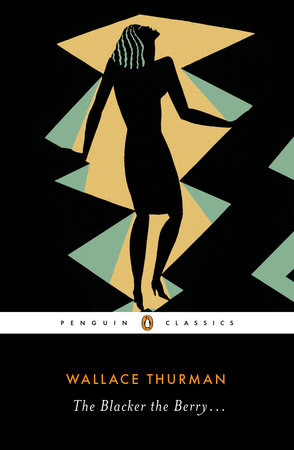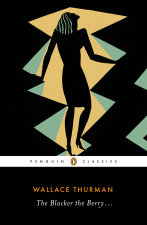The Blacker the Berry . . .

The groundbreaking Harlem Renaissance novel about prejudice within the black community
Emma Lou Morgan’s skin is black. So black that it’s a source of shame to her not only among the largely white community of her hometown of Boise, Idaho, but also among her lighter-skinned family and friends. Seeking a community where she will be accepted, she leaves home at age eighteen, traveling first to Los Angeles and then to New York City, where in the Harlem of the 1920s she finds a vibrant scene of nightclubs and dance halls and parties and love affairs . . . and, still, rejection by her own race.
One of the most widely read and controversial works of the Harlem Renaissance, and the first…
Wallace Thurman (1902–1934), a novelist, essayist, editor, and playwright of the Harlem Renaissance, was born in Salt Lake City, Utah, and moved to Harlem in 1925. In 1926 he became the editor of the socialist journal The Messenger, where he published the early stories of Langston Hughes. He left The Messenger later that year to co-found the literary magazine Fire!! along with Hughes and Zora Neale Hurston, among others. The Blacker the Berry . . . , his first novel, was published in 1929; he wrote two other novels, Infants of the Spring and The Interne, and a play, Harlem.
Allyson Hobbs (introduction) is an associate professor in the department of history and the director of African and African American studies at Stanford. Her first book, A Chosen Exile: A History of Racial Passing in American Life,…

